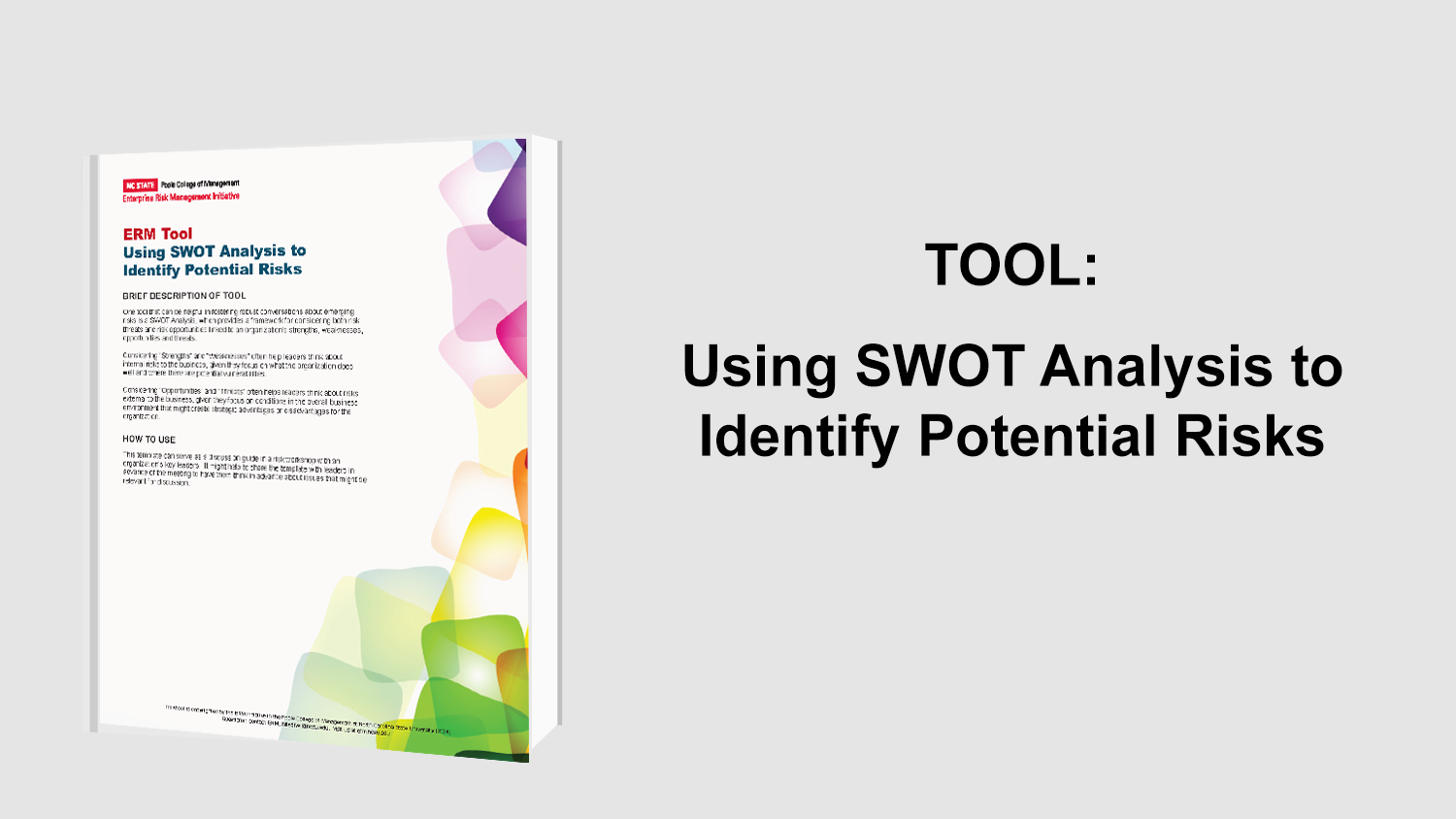Yvette Connor, Principal and Risk Advisory, National Strategic and Enterprise Risk Practice Leader with Grant Thornton, LLC works with a wide variety of client organizations nationwide and globally. From this vantage point, she shares with NC State ERM Initiative Director Mark Beasley her insights about the importance of the integration of ERM and strategy.
The Big Opportunity: Connect the Dots
The big opportunity for most organizations, says Connor, is to ‘connect the dots.’ In other words, significant value is left on the table when business leaders fail to integrate into their strategic planning the identification, assessment and discussion of risks that could derail their path to success.
Tips for Closing the ‘Risk Intelligence Gap’
Connor says the Covid pandemic contributed to a renewed awareness among business leaders of the importance of integrating ERM and strategic planning to effectively prepare for disruption and close the ‘risk intelligence gap.’ But, having conversations about ERM with executives and boards of directors is easier in theory than reality.
Connor offers a few tips:
- Focus on success.
C-suite executives and directors are typically focused on questions of success: How do we grow? How do we drive value? How do we effect change in our industry?Risk managers need to understand what ‘success looks like’ and, instead of being proverbial naysayers, support strategies that increase the probability of success.
Once success is defined, risk managers can introduce questions into the strategy conversations about what could possibly occur to derail success.
Connor says, “Is there an opportunity in any way, shape or form for the wind to blow? And if so… number one, have we anticipated that? And number two, have we figured out how to set our sail right?”
- Create a ‘Musketeer Team.’
Effectively integrating strategy and ERM has a much higher chance of success if businesses bring together several perspectives from across the organization to form what Connor calls the ‘Musketeer Team.’ Members of this team could include the chief risk officer, chief audit officer, chief strategy officer… even the chief technology officer.One of the most important benefits to the chief risk officer of this team approach is to gain a greater overall understanding of the business. Having a business and strategy mindset contributes to overall success of ERM.
- Speak the language of business.
When engaging in strategy conversations, be mindful of your words, taking care to use the language of business and strategy versus defaulting to ‘risk lingo.’Connor says, “I have never in my life worked for a CEO… or a CFO… that understands statistical modeling at a detailed level, that understands what probability density functions and confidence intervals might mean in nuanced terms. Why? Because that’s not the language of business. The language of business is finance, the language of business is operations, the language of business is strategy.”
Interested in this topic?
You may also like this video of ERM Initiative Director Mark Beasley, Pro Tips: Selling the C-Suite on Risk Management.
You may also like this article, Discussion About the Importance of Integrating ERM and Strategy, which features a video of ERM Initiative Director Mark Beasley and Håkan Jankensgard, associate professor in corporate finance at Lund University, Sweden.



